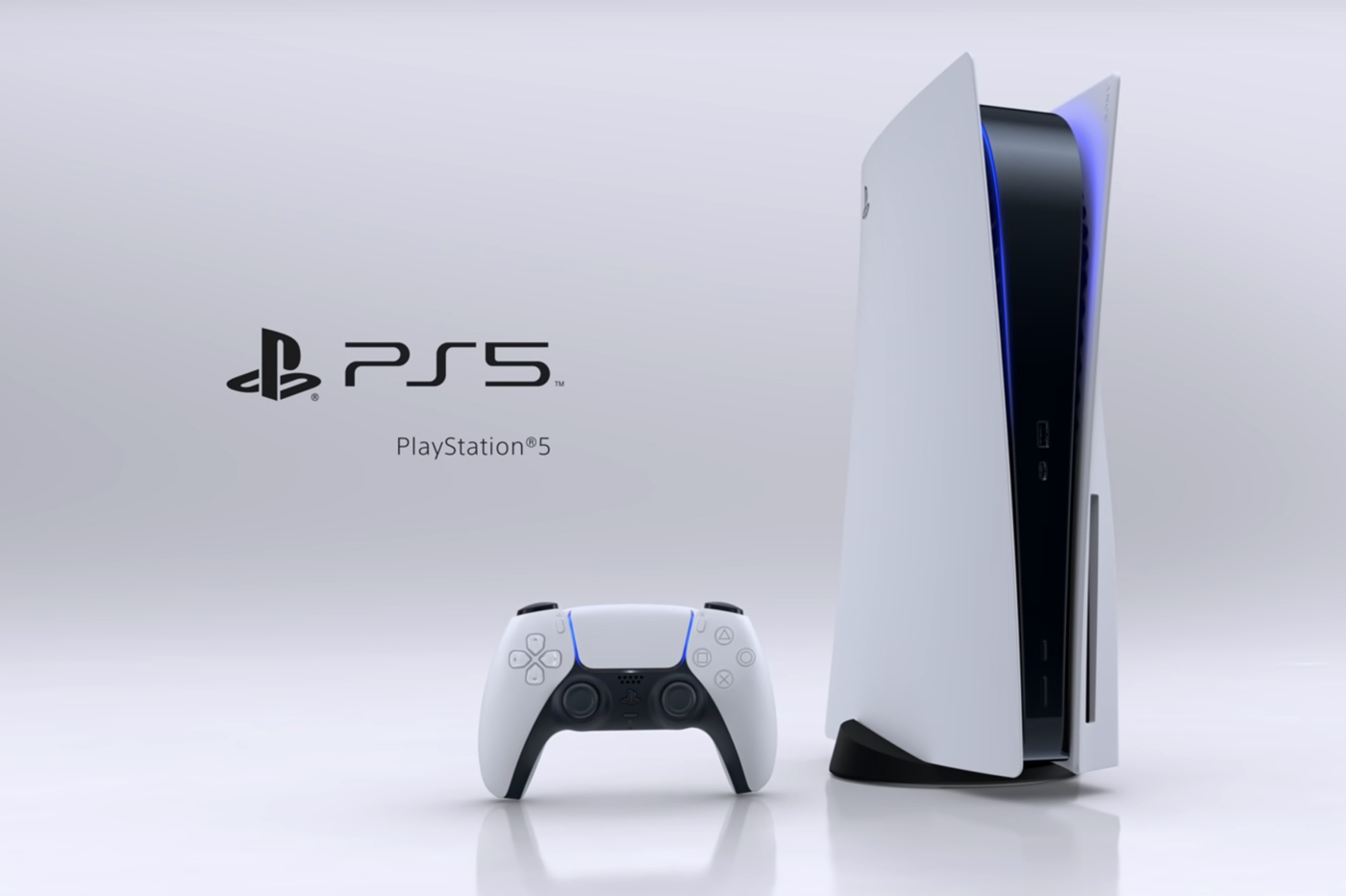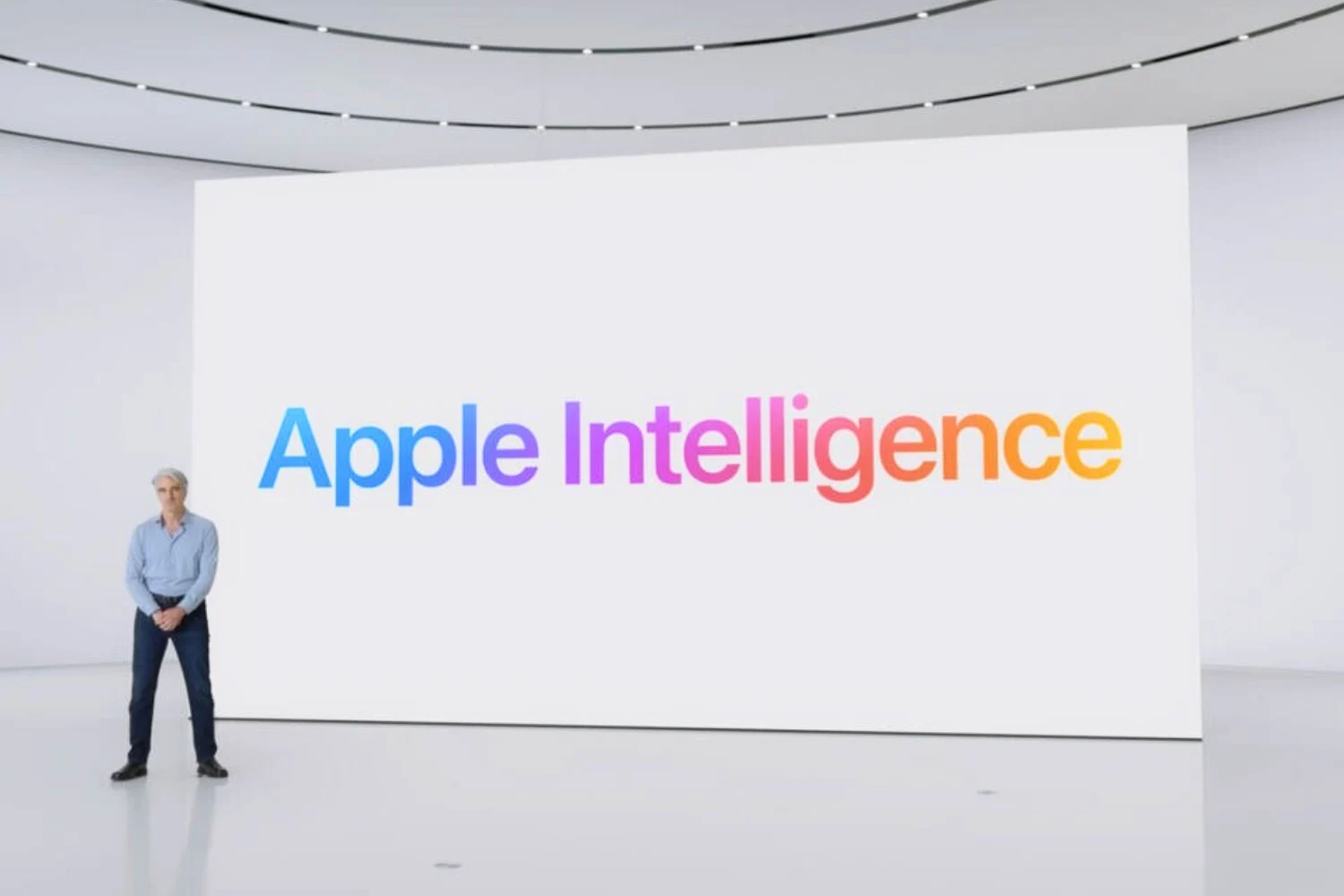The software processes that power our mobiles are coded for the masses, and can therefore sometimes lack detail when it comes to corresponding to everyone. This is particularly illustrated with photos, which, sometimes processed natively locally, do not always take into account the difference in skin color of the subjects captured. It then happens thatdarker shades do not stand out clearlyin case of questionable brightness. And since our smartphones are equipped with ever more efficient sensors for imaging, sometimes with artificial intelligence on board, some people wonder about the merits of this concern.
Our colleagues atiMorethus report having studied the phenomenon very closely, going so far as tocompare the results of the iPhone 14 Pro Max with those of the Pixel 7 Pro. This is theflagshipfrom Google, powered by an in-house processor, a telephoto lens, a wide-angle and an ultra-wide-angle. Base price: 899 euros, compared to 1,329 euros for its expensive competitor.
Half fig, half grape
In the opinion of two professional photographers contacted byiMore, there are indeed certain differences between the results obtained by the two mobiles. But in the end, it isdifficult to decide between them, because the photos remain of very good quality. The duo were not of the same opinion when it came to sharing their conclusions, with disadvantages for each product.
However, here is what comes out of it, a non-exhaustive list:
- the Google Pixel 7 Pro increases saturation when it is not necessary, which negatively impacts dark skin
- the iPhone 14 Pro plays with heat for lighter shades, but this often proves counterproductive
- iPhone 14 Pros can maximize exposure, which works against them
- iPhones apparently do better during the day
Better very soon
In the end, skin color “errors” are always present. However, as the author notesl’article d’iMore, the photos of 2022 are already much cleaner than previously, and this should logically get better. Especially at Apple, which has both control over the hardware (via subcontractors, certainly) and the software.






